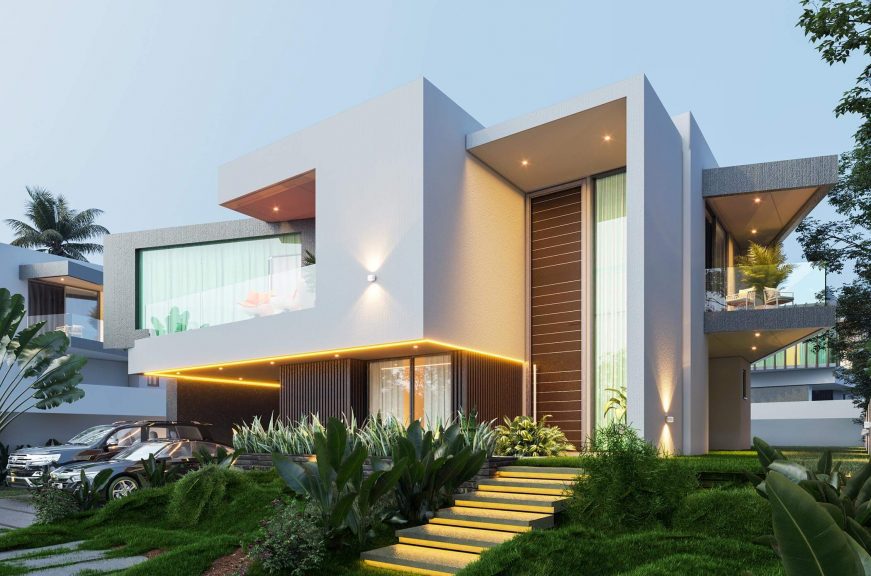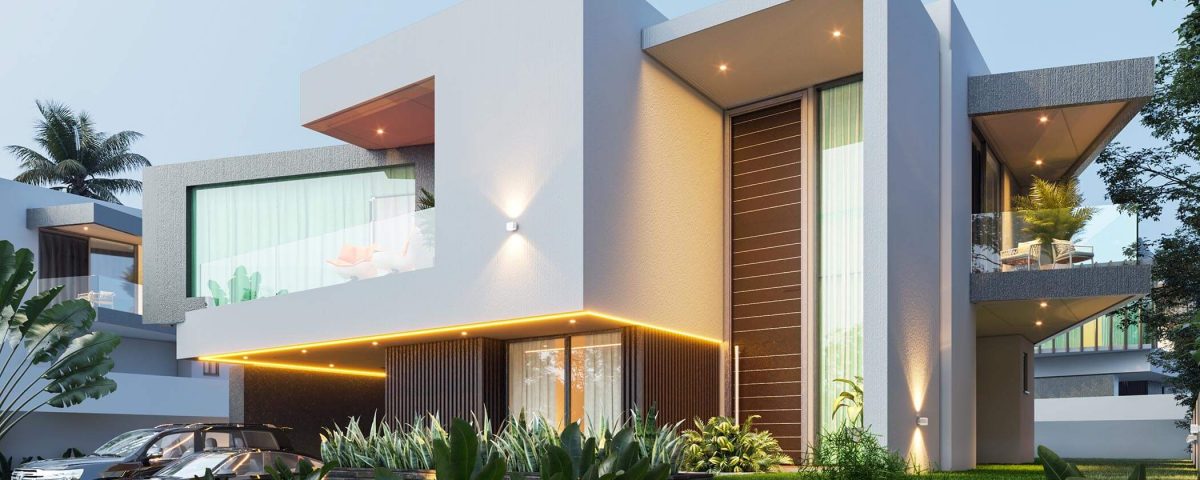
Climate Sensitive Buildings
Part 1: The Need for Climate-Sensitive Buildings in Ghana
Living in Ghana, we experience diverse climates, from the coast to the forests and savannas. These areas face challenges from climate change, such as rising temperatures, unpredictable rains, and increasing energy demands. This calls for a paradigm shift towards climate-sensitive building practices, to help sustain the environment and also help us live better and save energy.
Climate change is affecting our daily lives. Coastal erosion is threatening our communities along the Gulf of Guinea. In cities, the heat is rising, making it harder and more expensive to keep cool. We need buildings that can help us deal with these problems.
Climate-sensitive buildings work with the local climate instead of against it. This means designing for energy efficiency by using natural light and air, using local and sustainable materials, saving water, and building structures that can adapt to changing weather.
At Spektra Global, we understand how important climate-sensitive buildings are. Under my leadership, we are committed to teaching our clients and the community about the benefits of sustainable building practices. Our projects are designed to meet today’s needs while also preparing for future climate impacts, ensuring a resilient and sustainable environment for future generations.
Part 2: How We Can Design Climate-Sensitive Buildings in Ghana
Using sustainable materials and innovative construction techniques are vital for achieving climate-sensitive buildings. This means using local materials like bamboo and adobe, recycling materials to reduce waste, and installing energy-efficient lighting and appliances.
To design climate-sensitive buildings in Ghana, two key factors must be taken into consideration, the local climate and the existing traditional building methods. This means the combination of modern technology with local knowledge to create buildings that are not only sustainable, but also culturally relevant.
Passive design strategies help make buildings more climate-sensitive. This includes positioning buildings to get the most natural ventilation and daylight, using shading and insulation to keep temperatures down, and designing for natural air flow to avoid the need for air conditioning.
At Spektra Global, we are leading the way in climate-sensitive design. Our projects show how innovative design and sustainable practices can work together. For example, our recent residential project in Accra has solar panels, rainwater harvesting, and natural ventilation, which reduce both environmental impact and operational costs. This is more than just building; it’s planning for the future.
Part 3: The Future of Climate-Sensitive Buildings in Ghana
As Ghana continues in its development strides, climate-sensitive buildings will play a key role in the growth agenda. Therefore, building sustainably today will ensure a better future for all Ghanaians. Climate-sensitive buildings are not just a trend; they are essential for Ghana’s development. By understanding their importance, implementing effective design strategies, and planning for the future, we can ensure that our built environment is ready to face the challenges of climate change.
Hence, Government policies, public sensitization, teaching sustainability in schools, adopting green building codes, and offering incentives for sustainable construction are crucial steps.
Furthermore, raising awareness through community engagement, seminars, workshops, and media campaigns can help people and businesses prioritize sustainability in their building projects. At Spektra Global, we don’t just build climate-sensitive structures, we promote their wider adoption. By working closely with policymakers, industry professionals, and communities, we strive to create resilient and sustainable environments that reflect Ghana’s unique cultural heritage.
Spektra Global is proud to be a leader in this movement, committed to creating buildings that are not only beautiful and functional but also sustainable and resilient.
I hope this three-part series highlights the importance of climate-sensitive buildings and why we should consider sustainability in future projects. Together, we can build a better and sustainable future for Ghana and Africa.


